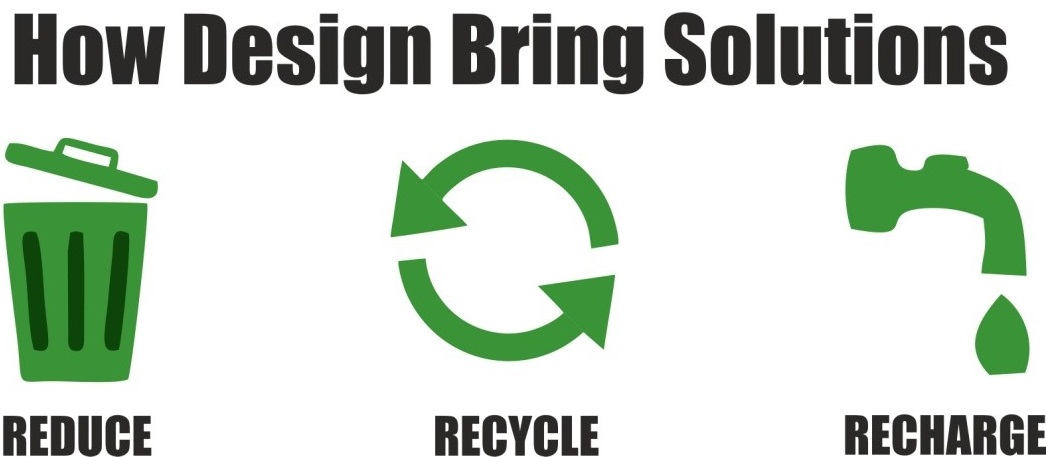How design can help resolve water crisis
By Udhaya Shankar
We know that earth is covered with 70% water, of which 97.5% is salt water and 2.5% is fresh water. Even in this 2.5%, glaciers account for 69.5%, ground water account for 30.1% and surface water 0.4%.
Globally 80% of the waste/untreated water flows back into the social ecosystem. World Economic Forum ranks water crises as the world’s third greatest risk by impact. In our contemporary world the migration of people towards urban context is at higher rate. The world population is growing rapidly, in which the birth rate is three times the death rate (15,000 birth/hr. > 6,316 death/hr. – as per UN July_2018 report). This is the crucial problem of the developing countries since it leads to creation of slums and the consumption of unhygienic water. Hence the demand for portable water also increases rapidly at a higher rate.
Our country is responsible for 25% of the global annual extraction of groundwater. According to the World Bank, India will exhaust its fresh water by 2050 at the current rate. (Source – Clean India Journal). Currently only 25% of India’s population has drinking water on their premises. (Source – World Health Organization).
In Ahmedabad the ground water level ranges from 80.4 m – 565.4 m. The city has 16 stepwells but the sad part is most of them are dried-up or lack maintenance.’ (Source – India Times)
Every community, one way or another is affected due to water contingency. There are places where water is available, but it causes more harm than do good. Due to poor infrastructure the untreated water/ unhygienic water goes into ecosystem thus causing health related issues. The other places are simply deprived of portable water. Therefore, as designers it is our responsibility to provide sustainable measures to save water while planning.
On an average, 168 litres of grey water is generated by a family of four members per day, which can be treated through several innovative strategies in design. This water can later be utilised for other activities like gardening and flushing instead of letting it drain away into sewers.
How design can help us in solving the problem?
For a sustainable development, the basic strategy is to integrate the 3R’s while designing.

Reduce – use the low flow fixtures:
We should enhance the efficiency of plumbing fixtures, thereby minimizing portable water use. We must take care by using water efficient plumbing fixture where the flow rate is less than 8% of the base line criteria.
Reuse – use the treated waste water:
We must treat waste water generated on site to avoid polluting the receiving stream and make use of treated water to reduce the dependency on potable water. There are many simple strategies to treat waste water. One such method is known as the Root Zone Method.
Recharge – Rain Water Harvesting:
Rain is a precious resource, we must make use of it and don’t just let it just drain away to ocean. We must enhance ground water table and reduce municipal water demand through effective RWH system. We can design rain water harvesting system to capture at least ‘one day rainfall’ runoff volume from roof and non-roof areas.
It has been rightly said:
“The war of this century were fought over oil, the wars of the next century will be fought over water.” – Ismail Serageldin
We must work diligently to save it.
Read More